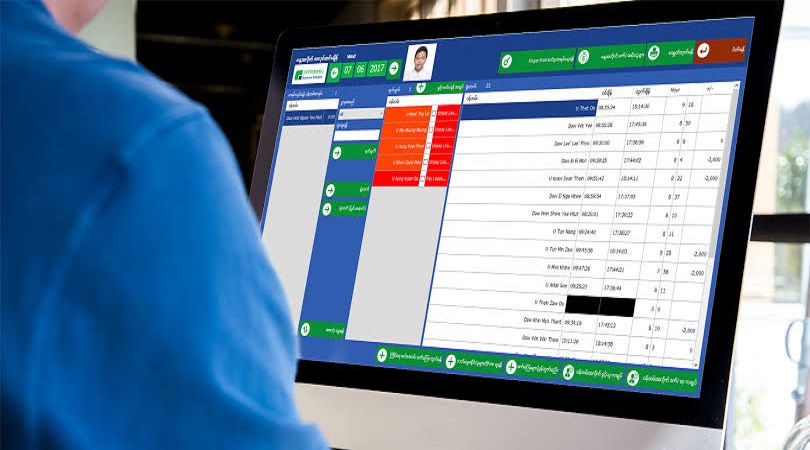The practice of calculating salaries for employees has always been a quite controversial topic. Piecework or fixed, open or closed but sometimes it seems that the best option does not exist as there are always those who are dissatisfied with their salary.
It is not surprising that some companies came to the most compromise possible option as they allowed employees to set their salaries. At first glance, this may seem absurd which undermining the fundamentals of personnel policy in general. But everything is not so clear on this issue. In aspects where it seems that the interests of the company are under threat, the managers win as performance increase along with staff loyalty.
Table of Contents
Why Is This Needed?
In many organizations, the topic of payroll is shrouded with secrets, which causing misunderstanding in employees. This results in a traditional scenario when managers limit the salaries of their employees and the latter are constantly dissatisfied with them. A way out of this situation may be a consensus that will satisfy both sides. But the payroll process was never been straightforwardness. The reality is too complex to deduce a general formula for calculating the ideal salary.
The problem of many managers is that although they have noble intentions, they continue to approach the process from top to bottom, trying to form the method of work remuneration under a common denominator. What they really need to do is choose the opposite approach and try to look at the situation from the other side so that the result satisfies each member of the team. While the usual wage system strives for standardization, it worth made it individualistic.
At the same time, it is worth recognizing that letting employees determine their own salaries is a radical choice. This process requires careful monitoring and objectification, otherwise, the upper limit of “wishes” may go beyond the reasonable.
Although this idea of payroll may seem modernistic and even revolutionary, it is far from new. Many companies have long exploited such an algorithm, reaping the benefits of its successful application. But the positive outcome did not come by itself and it was preceded by a long optimization process. As a result, several effective strategies appeared, some of which you can find below.
1. Salary Growth Compensation
The first step on the way to self-determination of salaries is to train staff in the basics of financial policy. Your employees should understand the principle by which form the wage fund, the expenses and income of the enterprise. You can organize special voluntary seminars for this.
In addition, it is worthwhile to conduct a survey among your employees and ask them simple questions as “What salary do you apply for?”, “What is the motivation for your choice?”, “How useful is it for the company?”. At the final stage, management must consider each situation individually and make final decisions on determining the salaries of all employees.
2. Performance Report
In the English startup Smarkets, this problem was solved in a slightly different way. Every six months, each employee of the company provides management with an economic justification for their declared salary. This number was compared with indicators of a person’s productivity, the market rate of his position, and feedback from colleagues about employee work. At the same time, any of the employees may raise the issue of reviewing their salary. The final decision was made by the whole team and remains transparent to everyone.
3. Compensation Committee
In some companies exist a so-called “compensation committee”. This committee is consists of selected employees who calibrate salaries and provide feedback on the decisions they made. At first, the employee writes a letter to the committee indicating the salary, which considers being fair and explaining why. Then the committee considers this letter and on its basis makes a decision whether the employee deserves a salary or whether it should be increased(or decreased). In the end, the committee provides the employee with feedback on the outcome of the meeting.
Which One to Choose?
When choosing your method of transition to a system of self-determination of employee salaries, you should remember that blind copying may lead to failure. Although all of the methods look logical and similar to each other, the devil is in the details. Take a consultation in some business consulting companies taking into account the specifics of your own company, its budget, market conditions, and the economy of the region. This strategy may seem extremely controversial but it’s worth paying attention to it.

















